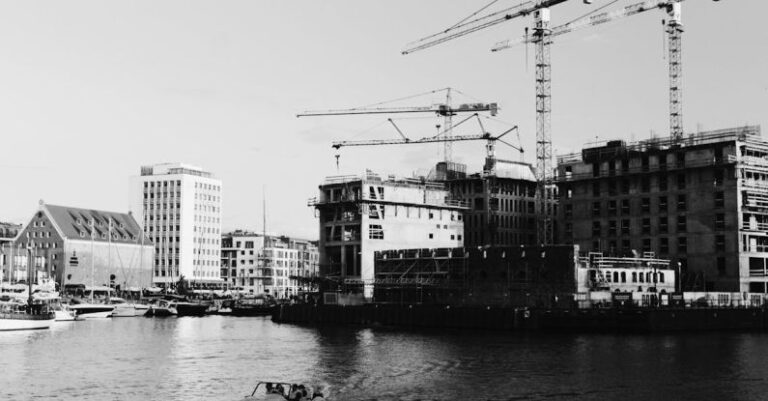What Innovations Are Helping to Reduce Infrastructure Costs?
In the realm of infrastructure development, cost management is a critical aspect that can make or break a project. As cities and nations strive to modernize their infrastructure to meet the demands of growing populations, finding innovative solutions to reduce costs becomes increasingly important. Fortunately, advancements in technology and construction practices have paved the way for new approaches that can help drive down infrastructure costs while maintaining quality and efficiency.
### Virtual Design and Construction (VDC)
Virtual Design and Construction (VDC) is revolutionizing the way infrastructure projects are planned and executed. By creating digital models of proposed structures and systems, VDC allows for greater collaboration among stakeholders, improved visualization of the project, and early identification of potential issues. This technology enables designers and engineers to optimize the design process, leading to more efficient use of materials and resources. By streamlining the planning phase and minimizing errors, VDC helps reduce rework and delays, ultimately cutting down on overall project costs.
### Prefabrication and Modular Construction
Prefabrication and modular construction techniques are gaining popularity in the infrastructure sector for their ability to accelerate project timelines and lower costs. By manufacturing building components off-site in controlled environments, construction time is significantly reduced, leading to cost savings on labor and materials. Prefabrication also allows for greater precision and quality control, reducing the likelihood of errors during on-site assembly. Additionally, modular construction offers flexibility and scalability, making it easier to adapt to changing project requirements without incurring additional expenses.
### Sustainable Materials and Practices
The adoption of sustainable materials and practices in infrastructure development is not only beneficial for the environment but also for cost reduction. Utilizing recycled materials, such as reclaimed asphalt pavement or recycled concrete aggregates, can significantly lower material costs while reducing the carbon footprint of a project. Incorporating energy-efficient technologies, such as LED lighting or solar panels, can also lead to long-term operational savings by reducing energy consumption. By prioritizing sustainability in infrastructure projects, stakeholders can achieve cost savings while contributing to a more eco-friendly built environment.
### Advanced Data Analytics
Advanced data analytics tools are increasingly being used to optimize infrastructure operations and maintenance, leading to cost efficiencies. By collecting and analyzing large volumes of data from sensors and monitoring systems, infrastructure managers can gain valuable insights into the performance of assets and predict potential failures before they occur. This proactive approach to maintenance not only extends the lifespan of infrastructure assets but also reduces the likelihood of costly emergency repairs. By leveraging data analytics, stakeholders can make informed decisions that drive down operational costs and improve the overall reliability of infrastructure systems.
### Public-Private Partnerships (PPPs)
Public-Private Partnerships (PPPs) have emerged as a popular financing model for infrastructure projects, offering a way to mitigate risks and reduce costs for both public and private entities. By leveraging the expertise and resources of private partners, governments can offload some of the financial burdens associated with large-scale infrastructure developments. PPPs also allow for the sharing of risks between the public and private sectors, incentivizing efficient project delivery and cost management. Through collaborative partnerships, stakeholders can harness the strengths of each party to drive down infrastructure costs and ensure the successful implementation of projects.
### In Conclusion
In conclusion, the landscape of infrastructure development is evolving rapidly, driven by innovations that are reshaping traditional practices and reducing costs. From virtual design and construction to sustainable materials and practices, the industry is embracing new approaches to achieve greater efficiencies and cost savings. By leveraging technology, collaboration, and sustainable strategies, stakeholders can navigate the complexities of infrastructure development with a focus on cost-effectiveness and long-term sustainability. As we look to the future, continued innovation and adaptation will be key in driving down infrastructure costs and building resilient, cost-effective infrastructure for generations to come.






